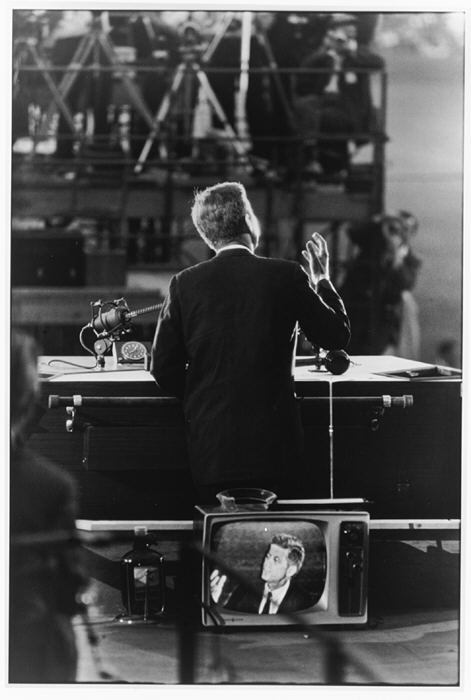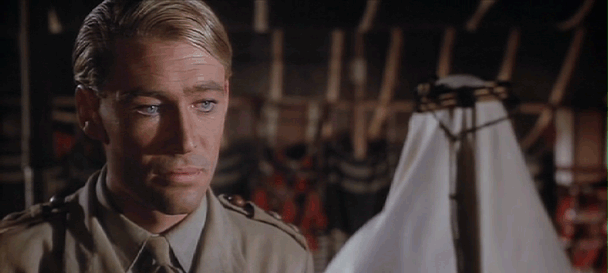Lytro Camera Could Change the Purpose of Focus, But Why?
Last week we saw the introduction of the first commercially available light field camera, the Lytro. But what’s a light field? From the company’s site:
The light field is a core concept in imaging science….It is the amount of light traveling in every direction through every point in space….
Recording light fields requires an innovative, entirely new kind of sensor called a light field sensor. The light field sensor captures the color, intensity and vector direction of the rays of light.
Because the Lytro camera can record all of the available light in a scene, it can capture all possible focal points. When you use it to take a picture, you just click and you’re done. Worry about focusing the photo later.
Here’s a sample. Click around the frame to refocus the image:
{::nomarkdown}
The technology here is pretty incredible, but it’s based on the premise that taking the time to focus a photo while shooting is time wasted. The light field camera takes the concept of point and shoot to its most literal level. Changing the focus after the shot has been taken isn’t just a tool to correct poorly focused shots. One major feature of the Lytro is that you can share your photos with an embedded viewer like the one above, allowing anyone to change the focus of the photograph. Manipulating the focal point then becomes part of the experience of viewing the photo; the viewer can become the photographer.
Focus is a funny thing. It wasn’t so long ago that photographers were unsure whether or not they could trust the autofocus engines in their cameras. Some even wrote it off as a fad. Autofocusing lenses are bigger, louder and heavier than their manual counterparts and they suck up more battery life to boot. The trick of the technology, the real magic of it, is that it can figure out what you want to focus on. Every time the shutter button is half-depressed, the camera processes thousands of conceivable photographic setups, matching those against the color and contrast of the light coming through the lens and using that information to figure out where the likely focal point is. Then it whips the lens’s elements into the correct position for a sharp focus. All of this happens in an instant. The faster the better.
The trouble with auto-focus is that it doesn’t always know the look you’re going for. It gets uncannily close most of the time for most types of photos, but what about more stylized scenes, when an unnatural focus is part of the photo’s allure? What about when focus is used by the photographer to obscure or frame the photo’s subject?
Every image is a narrative, its many parts selected, for better or worse, by the person behind the camera. Framing, focus, exposure and a host of other factors lead to a finished image. Depending on how dense your image is, there can be a bevy of focal points from which to choose from. The photographer’s decision to choose what is in focus and what isn’t is all part of the creative process. The question will now become, if focus doesn’t matter in the moment, what do you take a picture of?
Here’s an example of a photo whose narrative could be completely altered by the use of a light field camera:

John F. Kennedy, Democratic National Convention, 1960. Garry Winogrand
Here we have three or four relative focal lengths. Each one tells a different story. There is the rail-work in the foreground, which helps set the stage but is mostly set-dressing. Then we have the television set with John F. Kennedy’s face, followed immediately by the candidate’s backside. Then we have the abyss, the crowd and the television cameras and the (other) photographers. Would we have anything to gain by being able to post-process this photo and move the focal point? The narrative would definitely change if Kennedy were obscured and the crowd in focus, but to what end?

“Boy With the Bottles” Rue Mouffetard, Paris, 1954. Henri Cartier-Bresson.
Take this Henri Cartier-Bresson photo of a boy carrying wine bottles. Imagine changing the focus to the girl in the background. It would change the photo’s story, but would it be a better one? Would having the ability to see both focal points enhance the photo? I’m not sure, but it’s worth considering.
I imagine that photographers will quickly realize that the best light field photos are ones that have multiple narratives depending on where the viewer chooses to set the focal point. The above embedded image is a great example of this style, showing off how a photo’s layers can change how you feel about the image. Otherwise, why should anyone take the time to refocus the picture themselves?
Allowing those who view your work refocus the image makes them part of the photographic process. Does this then mean that artists will be able to be less deliberate since the audience can correct for their mistakes in the image? Has focus just been a nuisance, a means to an end, all these years? Or must photographers now be more deliberate in order to make the photos worth tinkering with?
I can’t help but wonder what the implications of the Lytro are for cinema. If this technology were able to be applied to the moving image, perhaps one day audiences will be able to change the focus of a scene while viewing a film. Each viewer would have an active, unique experience while watching the film. Again, to what end? Imagine being able to change the focus in the tent scene in David Lean’s Lawrence of Arabia. Below are stills from a single shot in the seminal sequence.

Lawrence of Arabia Animated Tent Sequence
The examples I’ve used here are from a bygone era, long before light field sensors would make it possible to shoot without focusing. Perhaps finite focus isn’t a problem that needs correcting. Or maybe we’re moving into a completely new era in photography. Either way, I can’t wait to see what creative photos people come up with once the Lytros start shipping.